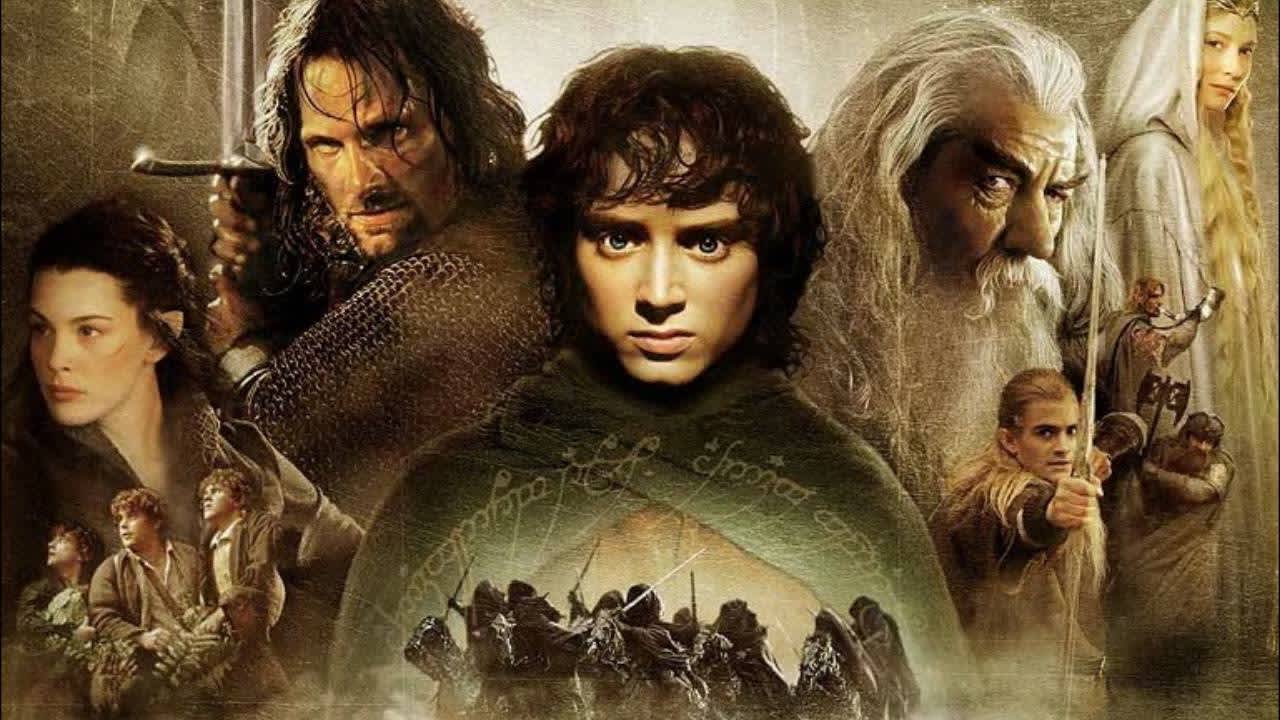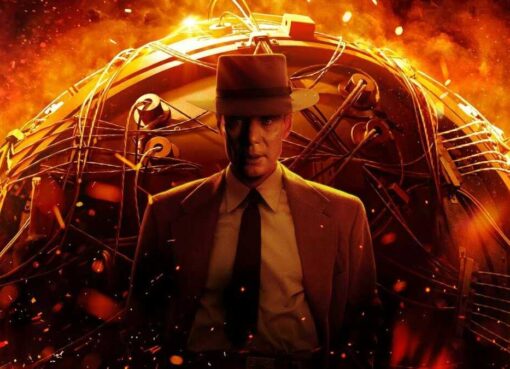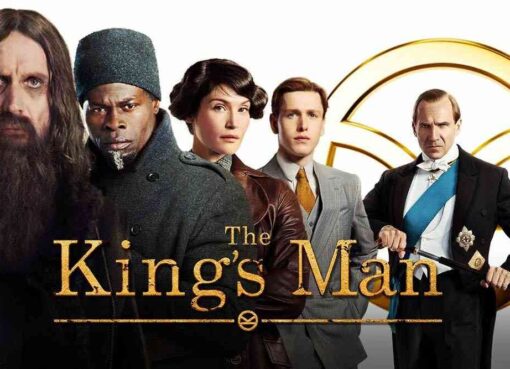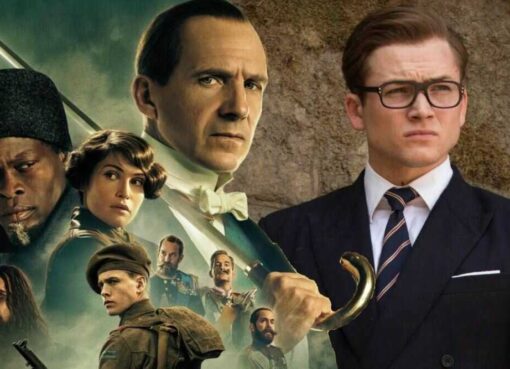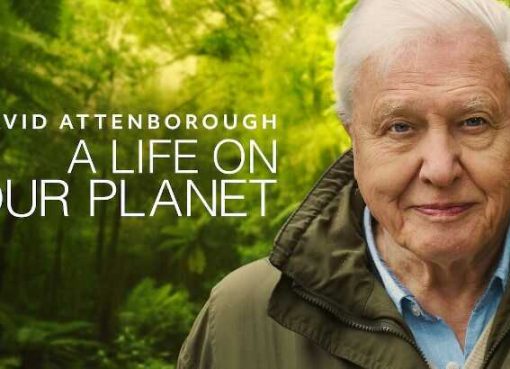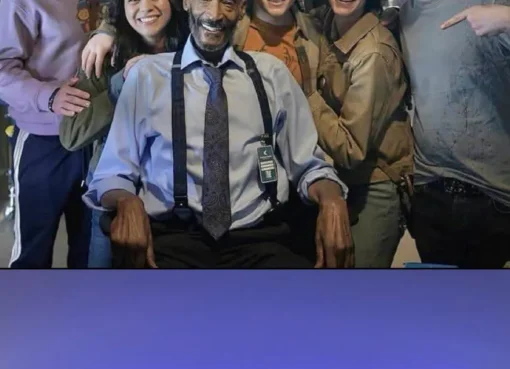In certain circles where friends engage in discussions about renowned fantasy genres, names like Harry Potter, The Witcher, Game of Thrones, Star Wars, Narnia, Pirates of the Caribbean, and Marvel/DC Comics often take center stage. However, one cannot overlook the immortal creation of J.R.R. Tolkien, ‘The Lord of the Rings,’ which has etched its legacy in both paperback books and celluloid tapes.
The fantastical realm of this franchise, characterized by a unique blend of friendship, love, revenge, power struggles, witchcraft, and diverse ethnic groups, seemingly transcends the boundaries of reality. In 2001, director Peter Jackson brought this epic tale to the silver screen with “The Fellowship of the Ring,” the inaugural installment of The Lord of the Rings trilogy. Jackson’s cinematic rendition not only earned widespread acclaim from critics and audiences but also bestowed a kind of immortality upon the entire franchise. Today, we delve into some lesser-known aspects of The Lord of the Rings trilogy.
The Green Light from New Line Cinema
Initially slated for production under Miramax, plans for the movie’s creation encountered budgetary constraints. The production company suggested condensing the expansive plot into a single film. Recognizing the potential drawbacks, Peter Jackson sought a new patron, and ‘New Line Cinema’ under Warner Bros. stepped in, providing the necessary support, and thus, The Lord of the Rings trilogy received the green light.
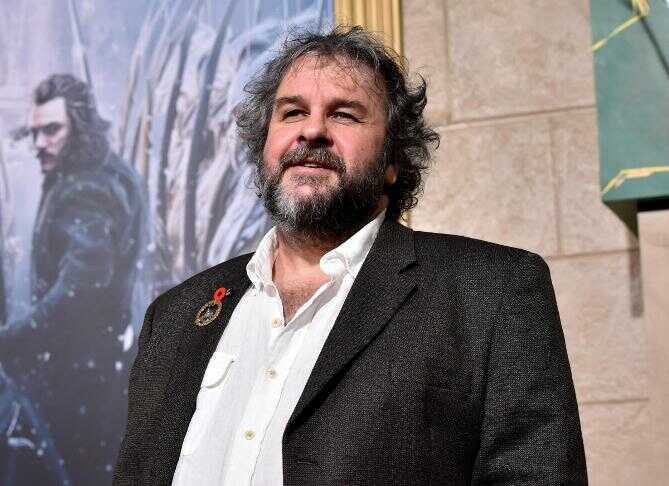
Casting Choices and Unlikely Tidbits
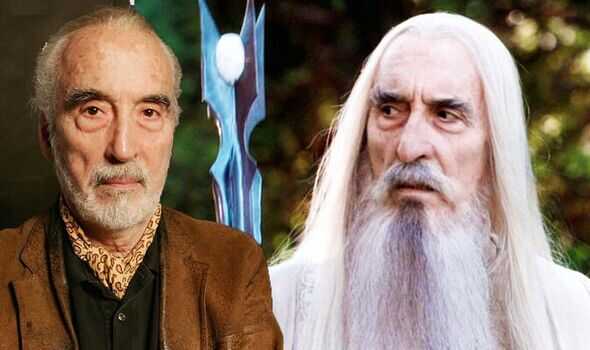
Christopher Lee, who portrayed Saruman, originally aspired to play Gandalf and was the only cast member who had thoroughly read all the books. Sean Connery was initially approached for Gandalf but declined due to the character’s complexity. The role eventually went to Sir Ian McKellen. Viggo Mortensen took on the role of Aragorn after initial choices fell through. The director approached actors like Nicolas Cage, Stewart Townsend, and Russell Crowe for the role of Aragorn. Elijah Wood secured the part of Frodo after Jake Gyllenhaal’s audition.
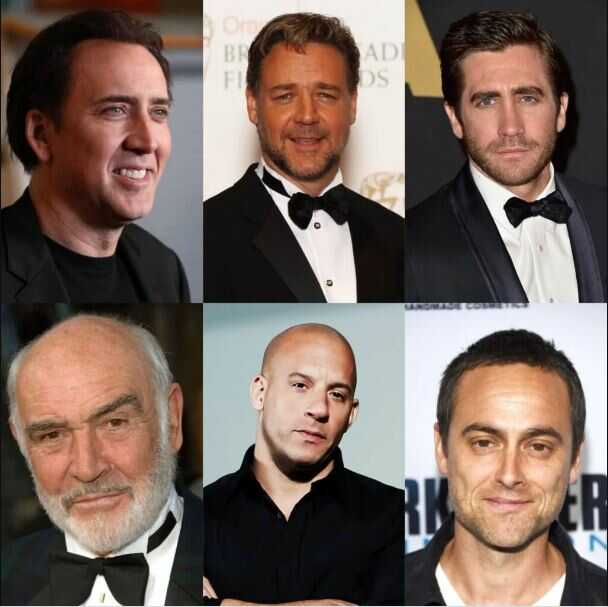
Sean Bean’s Helicopter Fear
Sean Bean, who portrayed Boromir, had a severe fear of helicopters. Shooting in the New Zealand mountains required helicopter transport, but Bean opted to walk for two hours instead. The cast and crew had to wait for his arrival on the set, adding an unusual challenge to the filming process.
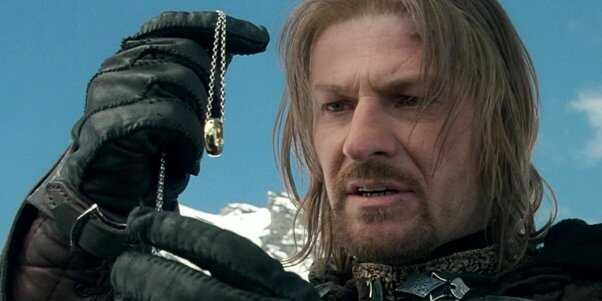
Adaptation Differences
Several changes were made in the movie adaptation of the book, including the omission of the character Fatty Bolger and alterations to the depiction of Sauron. Saruman’s death also varied from the book, with a more detailed account of the events in the Shire.
In the movie, Frodo Baggins and Sam Gamgee set out to destroy Mount Doom shortly after receiving the Ring from Bilbo Baggins. But in the book, their journey begins 17 years after Frodo receives the ring.
Epic Runtimes
Binge-watching The Lord of the Rings trilogy can be a formidable task, given its average runtime of around 4 hours per movie. The total runtime for the extended cut reaches an impressive 11 hours and 55 minutes, setting a record for the trilogy’s length.
Pioneering Visual Effects
The trilogy, released between 2001 and 2003, marked the emergence of computer-generated graphics and VFX. The director, Peter Jackson, combined practical elements with groundbreaking visual effects. The production involved an extensive array of costumes, weapons, and even horses.
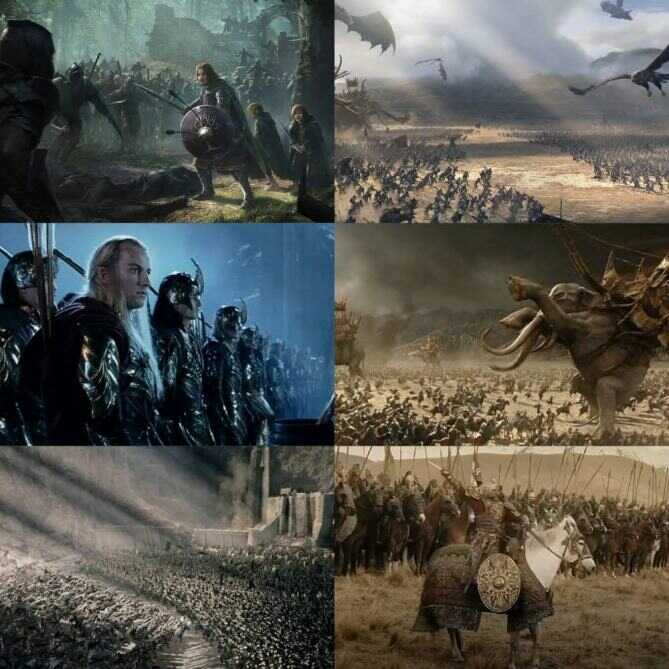
Simultaneous Editing Challenges
The editing team faced the monumental task of simultaneously working on all three movies. Editing for “The Two Towers” began while “The Fellowship of the Ring” was still in post-production. After the theatrical release of the third movie, additional scenes were shot for inclusion in the extended cut.
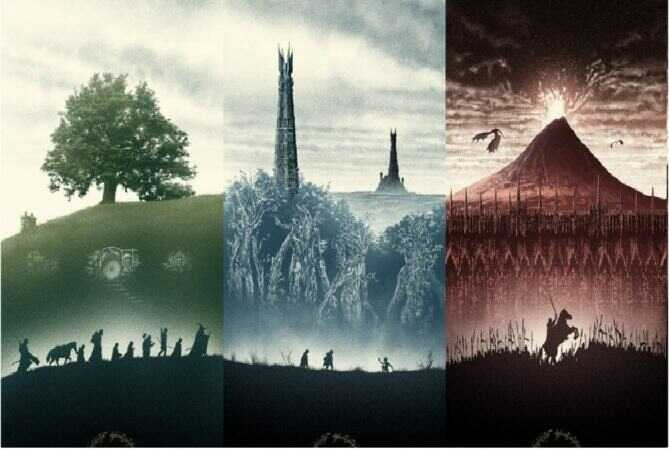
Inspiration for Avatar
The Lord of the Rings trilogy served as a significant inspiration for James Cameron’s “Avatar.” Impressed by the CGI and motion capture of Gollum used in The Two Towers, Cameron restarted his project in 2002, leading to the eventual release of Avatar in 2009.

Beatles’ Ambition
The Beatles, being avid fans of the franchise, envisioned making a Lord of the Rings movie directed by Stanley Kubrick. Each band member had their own role preferences, with Paul as Frodo, Ringo as Sam, George as Gandalf, and John Lennon as Gollum.
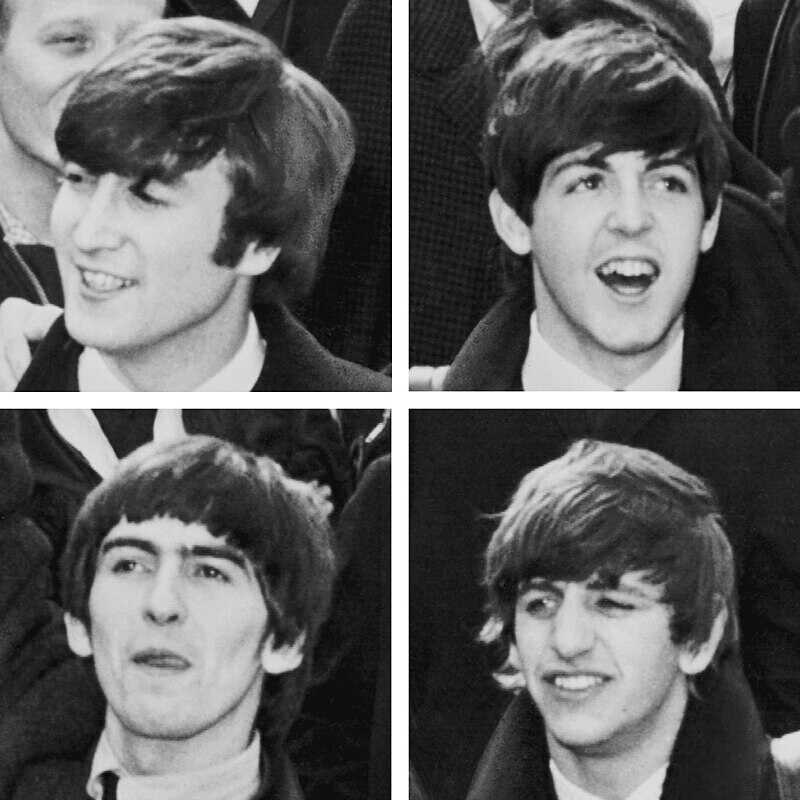
The Tolkien Universe
While commonly referred to as Middle Earth, the universe created by Tolkien is part of a larger world called ‘Arda.’ The inspiration for this universe originated from the song of a divine being, Iluvatar, also known as Ainur, responsible for the creation of everything.
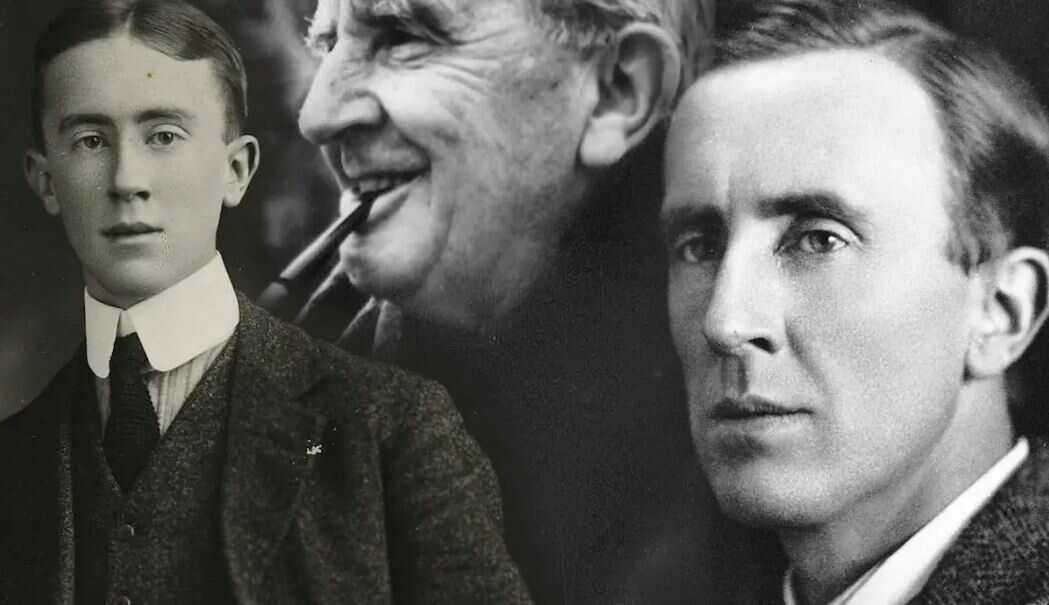
Languages of Middle Earth
Tolkien, a linguist and English professor, created seven languages for The Lord of the Rings franchise. Each language, including Sindarin, Quenia, and Khuzdul, comes with distinct grammar rules, showcasing Tolkien’s linguistic expertise.
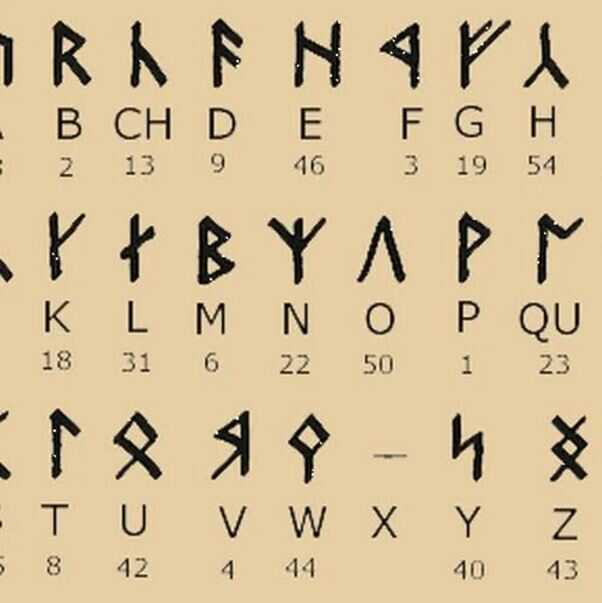
Balrog and Maiar
The Balrog, Gandalf, and Sauron are descended from the same ancestor, the Maiar. This ancient race, imbued with shape-shifting powers, was created by the godlike race Valar to structure the world. Sauron and the Balrog chose the path of evil, while Gandalf sided with righteousness.
Box Office Triumph
The Lord of the Rings trilogy achieved unparalleled success at the box office, with an average budget of around $93 million per movie. Each film earned approximately $970 million, making it a colossal financial triumph. The trilogy’s total box office collection surpassed $2.9 billion, and it remains unmatched at the Oscars, with a total of 17 awards.
Enduring Legacy
Even after two decades, The Lord of the Rings trilogy retains its viewership, with ‘The Return of the King’ holding the rare distinction of winning all eleven Oscar nominations.
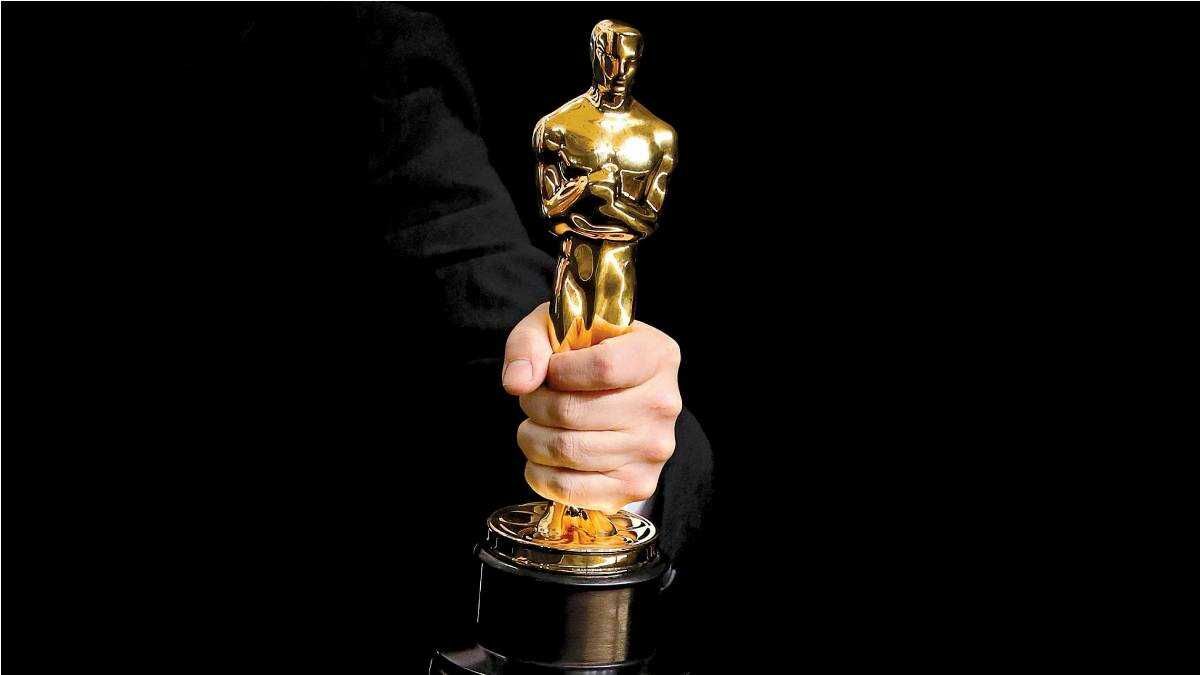
Its impact on the fantasy genre and cinematic history remains unparalleled.

